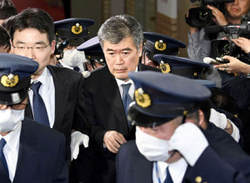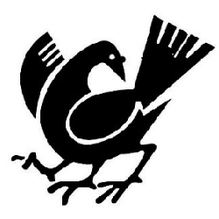 Source: www.hochi.co.jp
Source: www.hochi.co.jp The issue of sexual harassment is one that touches a very sensitive nerve in Japanese society, but the reaction to it illustrates the type of social attitudes that are more prevalent than not. While serial linguistic bomb thrower Aso has so far managed to avoid getting himself caught up in any gaffes, the same could not really be said for former Education and Science Minister Shimomura Hirofumi, who said that anyone (from a television station) who secretly records a conversation and then sells that to a weekly tabloid magazine has essentially committed a crime. Keidanren chairman Sakakibara Sadayuki followed this up on Monday when he questioned the methods used by the female journalist when speaking to Secretary Fukuda (namely an invitation to drinks and a one-on-one interview), saying this could lead to ‘misunderstandings’ and perhaps restrictions should be placed on how journalists are able to conduct such interviews.
While the #Metoo movement had garnered considerable attention abroad, its message of gender equality and respect has yet to permeate the very male dominated social conscience of Japan. It’s not that Japanese women aren’t trying to make changes, it’s just the challenge confronting them is so great that any victories are difficult to notice against the overall size of the problem.
One female journalist who has experienced the worst of a male-dominated social system and yet has chosen to resist the expectations placed on her (and others like her) in order to speak openly about the issue of rape and harassment in the Japanese workplace is Ito Shiori. Ito wrote about her experience of being drugged and raped by a more senior colleague while working at the Washington branch of TBS Television, and the struggle to get authorities to treat her case with the seriousness that it deserved. It is an illustrative case of how power and social expectations combine to silence any criticism of the status quo, and how far Japanese women have to go to change social mores that still regard them as an afterthought in comparison to the demands of men.

 RSS Feed
RSS Feed